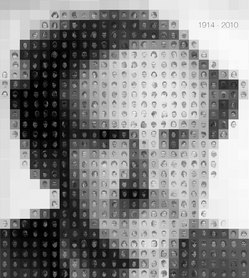By Matin Durrani
It’s probably because he was born and raised in Bristol, UK – the city where Physics World is based – that my colleagues and I perhaps give a disproportionate amount of coverage to Paul Dirac compared with other great theoretical physicists of the 20th century.
But although Dirac did his most famous work at the University of Cambridge, where he was Lucasian professor for more than 35 years, it is nevertheless true to say that his approach to science was forged by his educational experiences in Bristol, as Graham Farmelo’s classic 2009 biography makes clear.
Dirac studied for two separate degrees in engineering and mathematics at the University of Bristol and before that gained a wealth of practical experience, particularly in the art of technical drawing, when he was a pupil at Merchant Venturers’ Technical College – an institution that was the forerunner of today’s Cotham School.
Given that 8 August is the day on which Dirac was born back in 1902, I thought today an appropriate moment to mention an interesting new artwork (see right, click to enlarge) that is currently on show at Cotham School.
Created by Eric Hardy, the work is an alternative version of the traditional end-of-year school photograph and consists of a pixelated image of Dirac himself. All the pixels, however, have been replaced by photos taken in 2010 – when Hardy was still at Cotham School – of fellow pupils, teachers and other members of staff.
“As such it connects the past to the present, the individual to the collective,” says Hardy’s father Tim.
The original artwork, which is printed on a canvas about 100 × 90 cm in size, was on display at the school in May when its other great former pupil – the University of Edinburgh theorist Peter Higgs – paid a visit.
If you can’t make out Dirac in the image, try scrunching up your eyeballs.
And talking of Dirac, don’t forget that today is also the day that the International Centre for Theoretical Physics in Trieste awards its annual Dirac prize, which this year went to Duncan Haldane, Charles Kane and Shoucheng Zhang for their work on a new class of exotic materials called “topological insulators”.




